A Streetcar Named Desire is a 1951 American drama movie, adapted from Tennessee Williams’s Pulitzer Prize winning 1947 play of the same name. The movie tells the story of a southern belle, Blanche DuBois, who, after encountering a series of personal losses, leaves her aristocratic background seeking refuge with her sister and brother-in-law in a run down New Orleans apartment. Take a look below for 28 more fun and interesting facts about A Streetcar Named Desire.
1. Tennessee Williams collaborated with Oscar Saul and Elia Kazan on the screenplay for A Streetcar Named Desire.
2. Elia Kazan, who directed the Broadway stage production, also directed the black and white movie.
3. Marlon Brando, Kim Hunter, and Karl Malden were all cast in their original Broadway roles.
4. Although Jessica Tandy originated the role of Blanche DuBois, Vivien Leigh, who had appeared in the London theater production, was cast in the movie adaption for her star power.
5. When the movie came out, Marlon Brando, who was virtually unknown at the time of the play’s casting, rose to prominence as a major Hollywood movie star.
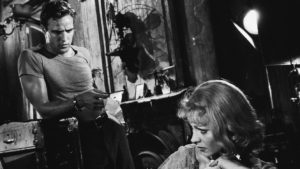
6. A Streetcar Named Desire marked the first of Marlon Brando’s four consecutive Academy Award nominations for Best Actor and earned an estimated $4.25 million at the U.S. and Canadian box office in 1951, making it the fifth biggest hit of the year.
7. In 1999, the movie was selected for preservation in the United States National Film Registry by the Library of Congress as being, “culturally, historically or aesthetically significant.”
8. As the movie progresses, the set of the Kowalski apartment actually gets smaller to heighten the suggestion of Blanche’s increasing claustrophobia.
9. Vivien Leigh, who suffered from bipolar disorder in real life, later had difficulties in distinguishing her real life from that of Blanche DuBois.
10. Vivien Leigh, who was only 36 at the time of filming, had to be made up to look older.
11. Although Vivien Leigh initially thought Marlon Brando to be affected, and he thought her to be impossibly stuffy and prim, both soon became friends and the cast worked together smoothly.
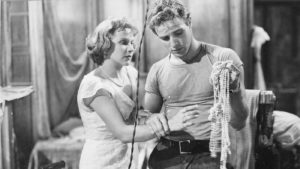
12. Composer Alex North wrote and recorded the first ever jazz-orientated film score for a dramatic picture. The score served to color the sound of the movie’s steamy New Orleans setting. It has become a well-deserved landmark in the history of film music and paved the way for numerous movie jazz scores.
13. Fitted t-shirts couldn’t be bought at the time, so Marlon Brando’s apparel had to be washed several times and then the back stitched up, to appear tightly over the actor’s chest.
14. When the movie was previewed in Santa Barbara in 1951, the director Elia Kazan’s date was a then obscure contract starlet, Marilyn Monroe, whom he introduced to Arthur Miller.
15. Despite giving the definitive portrayal of Stanley Kowalski, Marlon Brando said he privately detested the character. However, it should be added that Brando was an eccentric character who loved misleading people and playing pranks.
16. Early in the development, William Wyler had expressed an interesting in adapting the play with Better Davis in the part of Blanche.
17. Marlon Brando was paid a sizable $75,000 for his work, partially because of the insider scoop that hailed Brando’s acting style as the most revolutionary thing to hit Hollywood since the Talkies. Vivien Leigh received a $100,000 salary, making her the highest paid English screen actress of the day.
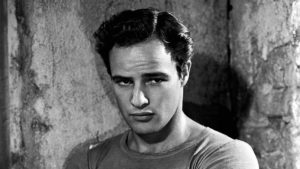
18. The movie’s line, “Stella! Hey, Stella!” was voted as the number 45 movie quote, out of 100, by the American Film Institute.
19. By the time the movie was made, the Desire streetcar line had been converted to buses, but streetcars were still used in other parts of the city. The authorities were able to lend the production a car with the Desire destination sign for the opening sequences of Blanche’s arrival in the city.
20. To prepare for the part of Stanley Kowalski, Marlon Brando began a daily workout routine at a local gym, where he exercised with weights to built up his chest and biceps. Prior to this role, the actor wasn’t known for his muscle-bound physique and when Truman Capote first observed Brando’s transformation, he said, “It was as if a stranger’s head had been attached to the brawny body, as in certain counterfeit photographs.”
21. Elia Kazan originally resisted the idea of directing the movie adaption, as he felt that he had achieved everything he wanted with the stage version. It was only after Tennessee Williams implored him to take on the assignment that Kazan signed on.
22. The play takes place entirely in the Kowalski’s apartment and their front square. However, the movie adds more locations, such as a bus station, a bowling alley, a dance hall, a dock and Stanley’s plant.
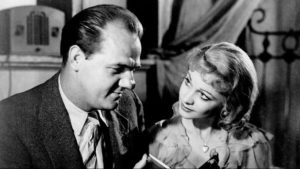
23. While working on the movie, Marlon Brando shared an apartment with Jay Kantor, two other MCA Representative and Tony Curtis.
24. The role of Blanche was first offered to Olivia de Havilland, whose wage demands proved to be too excessive.
25. A Streetcar Named Desire is considered to be one of 15 movies that changed American cinema.
26. John Garfield turned down the role of Stanley Kowalski because he didn’t want to be overshadowed by the female lead.
27. Due to the highly contentious subject matter, no major studio wanted to be involved with the movie. 20th Century Fox head Darryl F. Zanuck expressed an interest but had to relinquish the idea when his boss point blank refused to allow it to happen.
28. Patricia Neal was highly considered for the role of Stella, but at five foot seven inches, she was too tall to be Vivien Leigh’s sister.

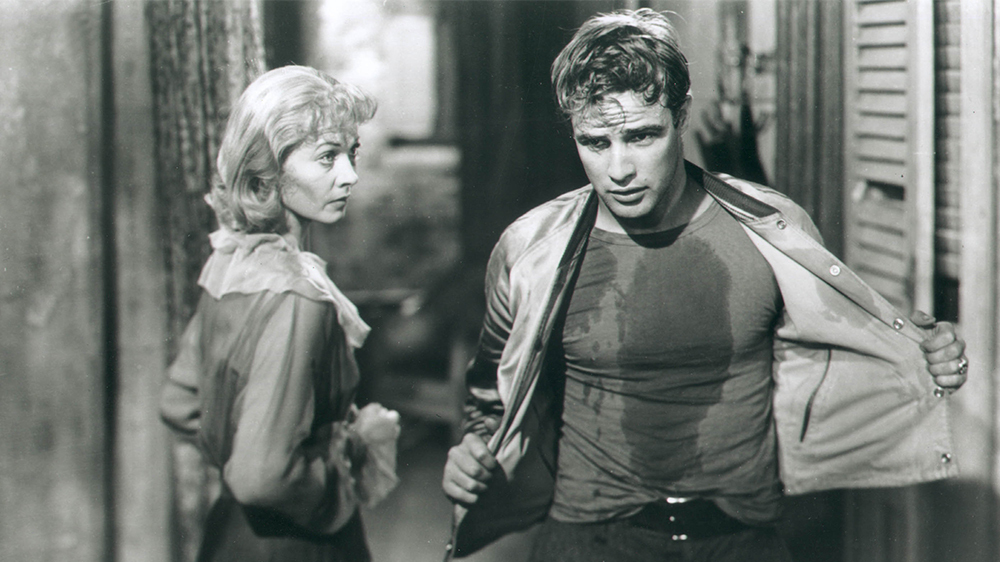
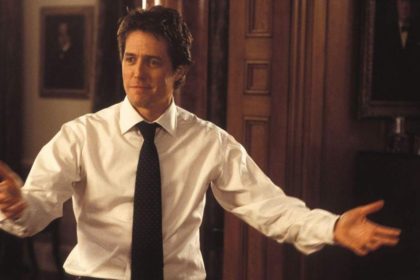

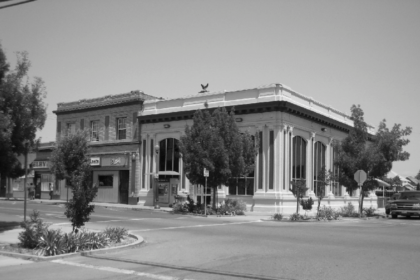
One Comment
Pingback:
March 31, 2018 at 3:11 pm